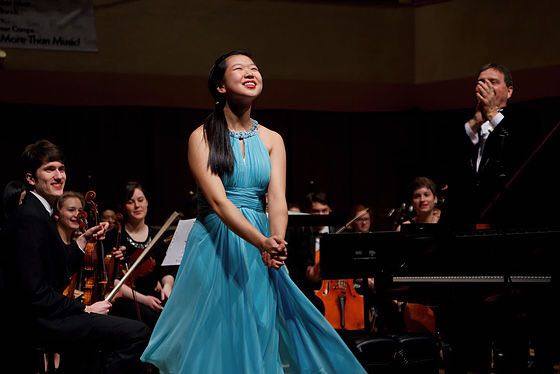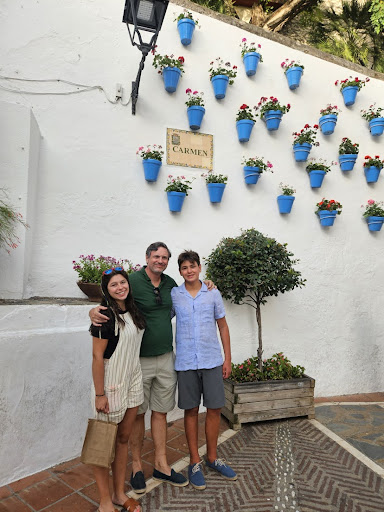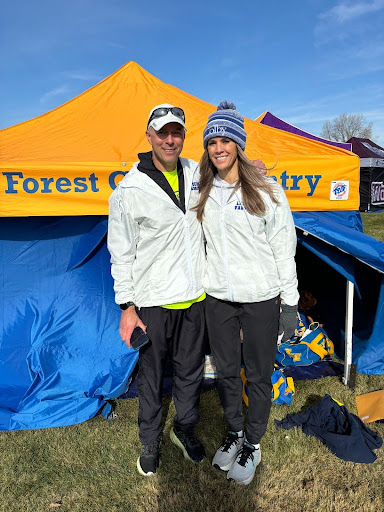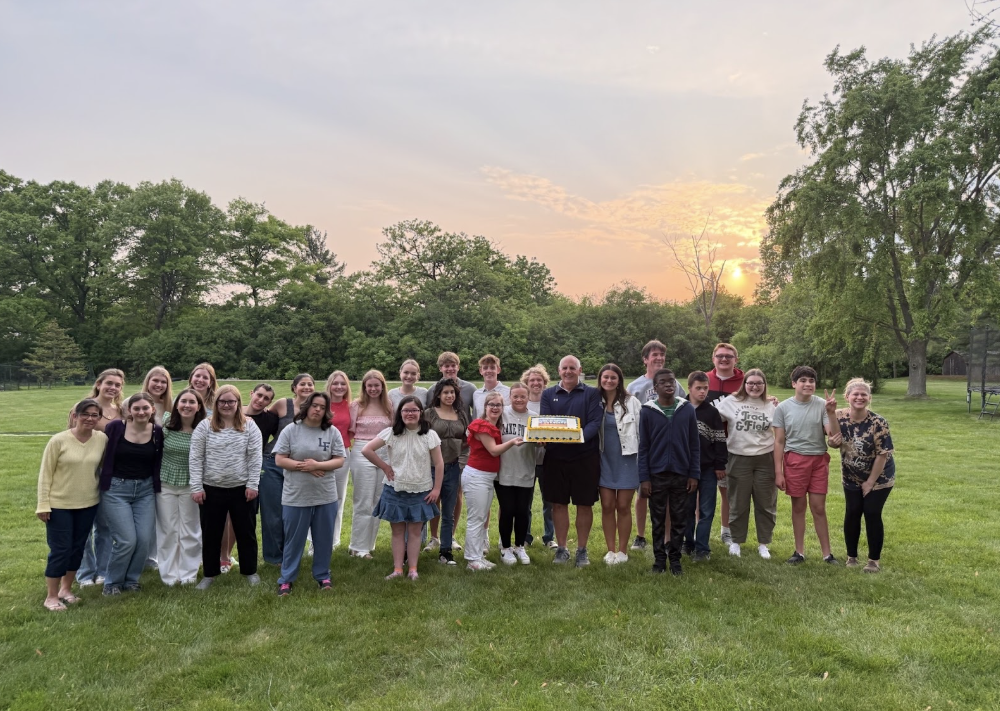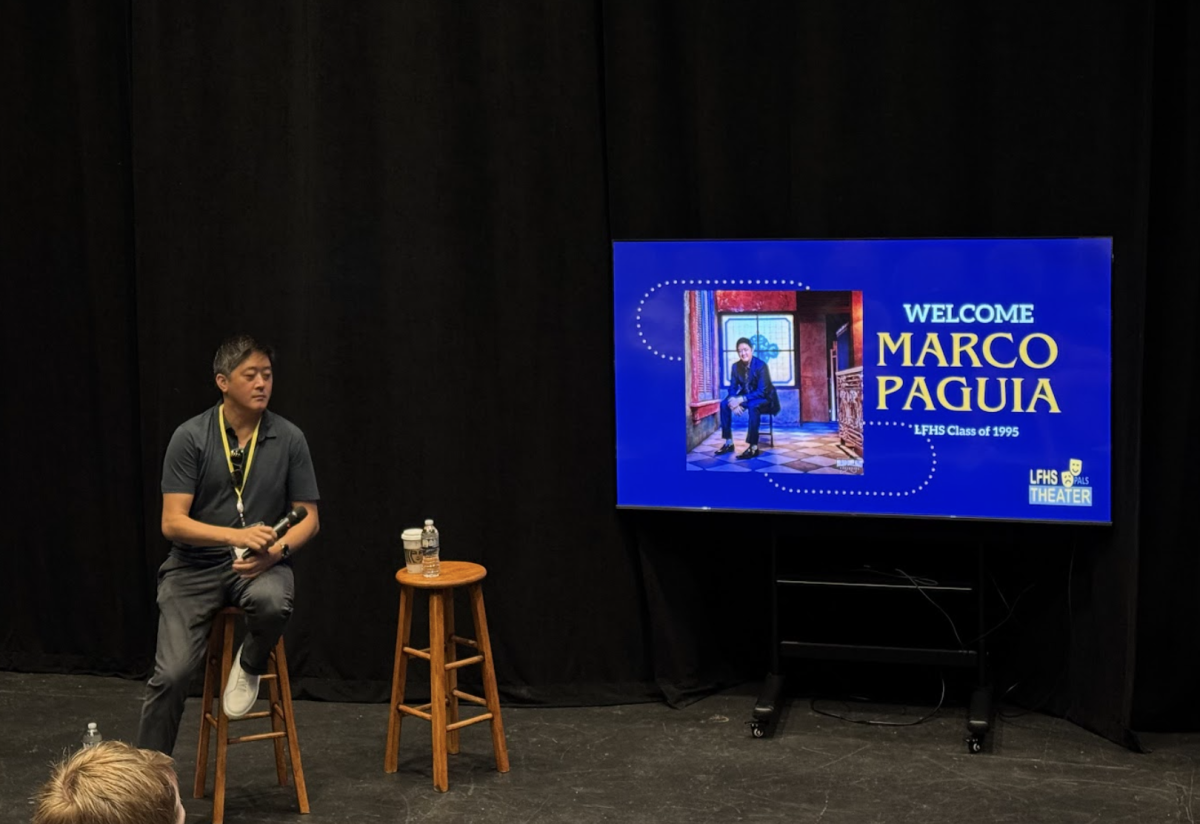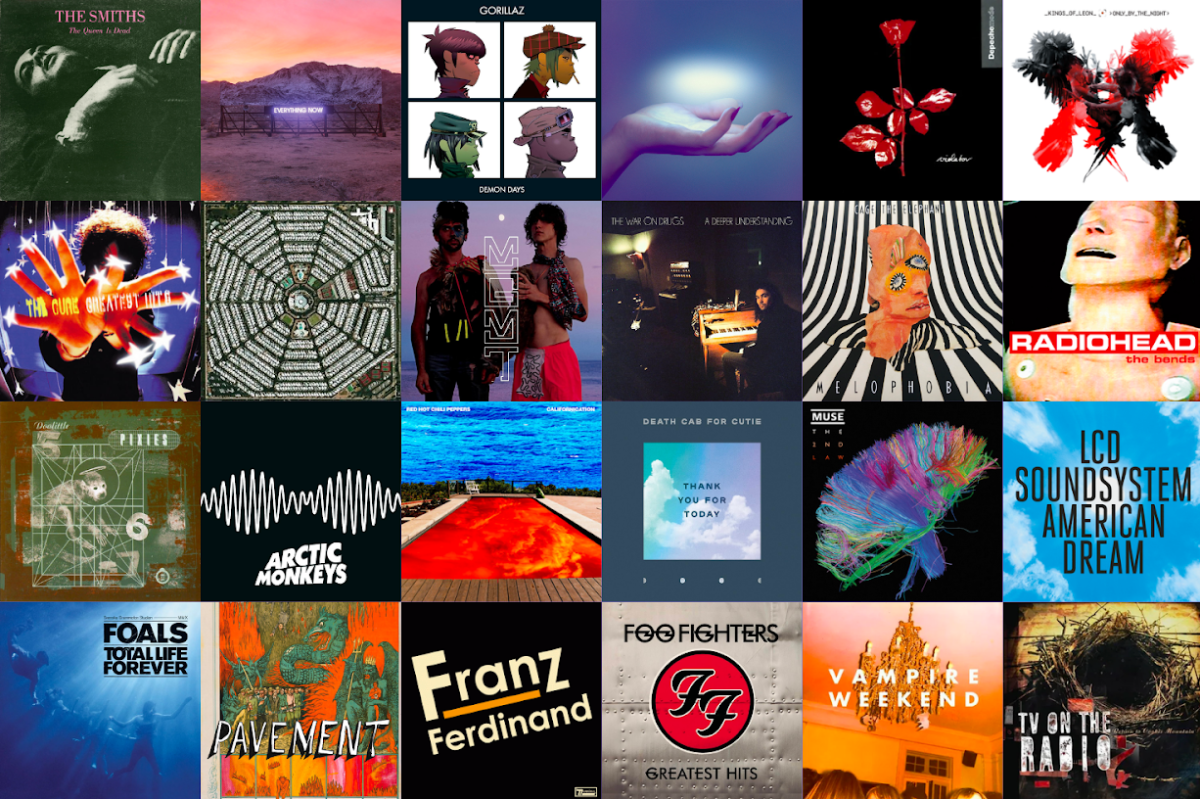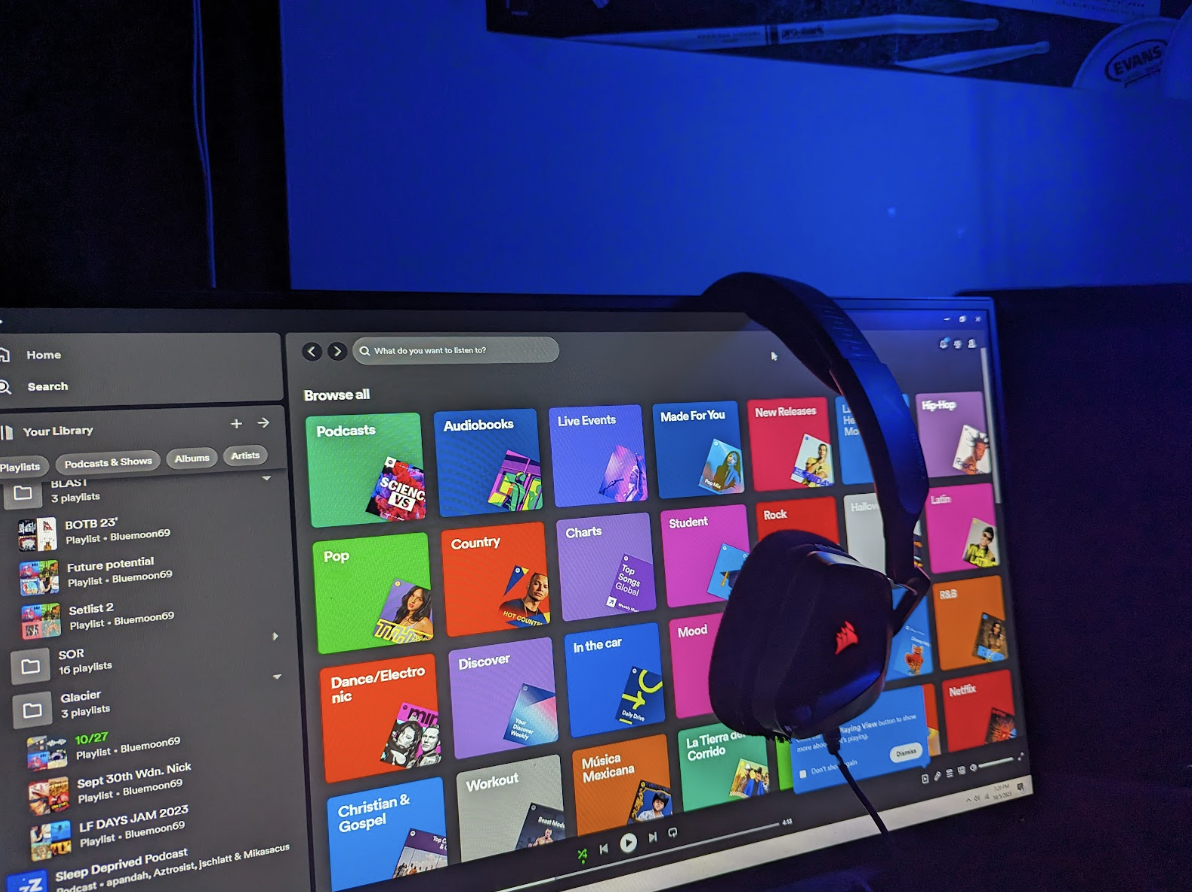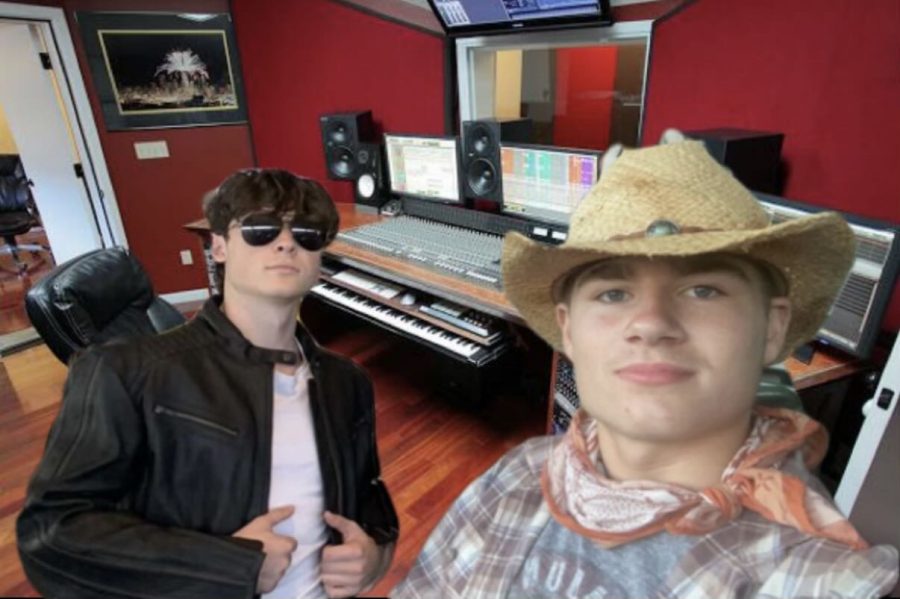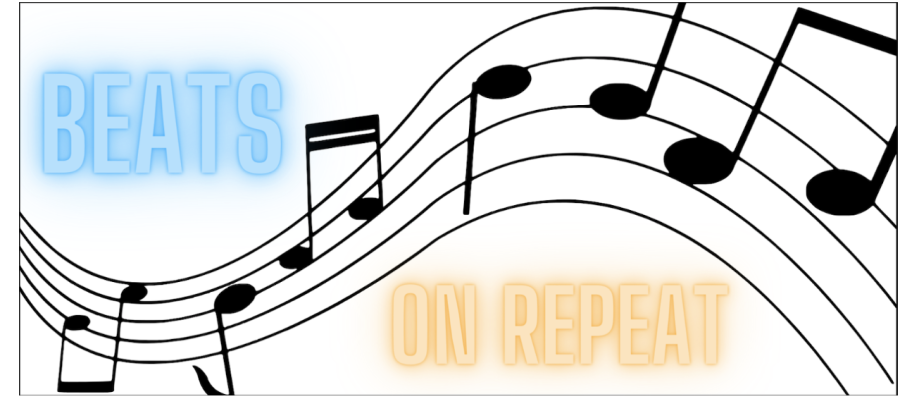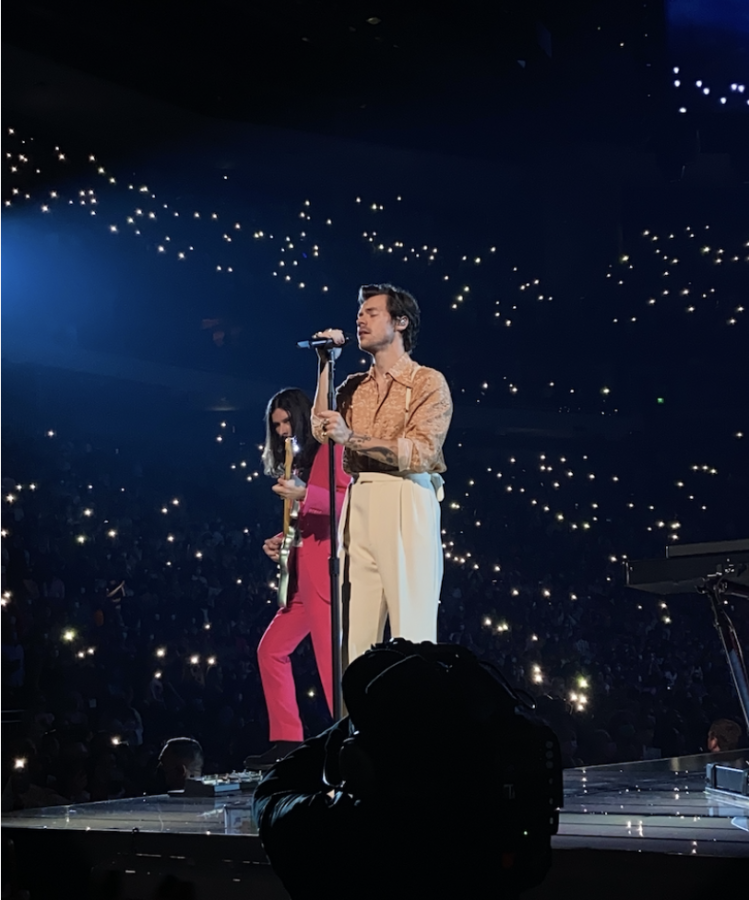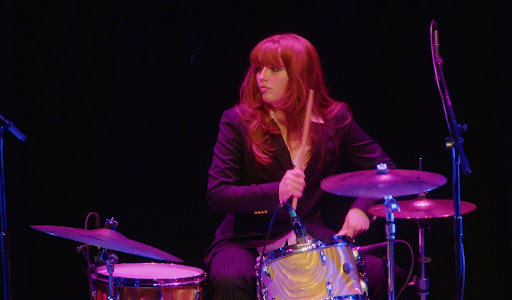Even before I met Kimie Han, I heard her. Well, not her specifically–I heard the piano. The music, barely muffled by the practice room’s insulated walls, was a lively, rolling piece, moving between fast and slow, yearning and exuberant. Sitting at the piano was a head of long dark hair, leaning over the instrument in perfect form, fingers flying over the ivory keys. No music sat on the piano rack, she was playing from memory.
The piece, I later learned, was the fourth movement of Beethoven’s fourth sonata (nicknamed the Grand Sonata). It was just practice, something to spend the time before the interview was set to begin.
Even while I only heard a tiny bit before the interview began, it didn’t sound like practice; it sounded learned, professional even. If anything, it sounded like there had been many hours of practice into that piece, into the form, into the exact curve of her wrist.
And in that, I discovered I was not wrong: Kimie Han has had lots and lots of hours of practice. Over 10 years worth, in fact.
Kimie started lessons at the tender age of five, but, she says, she was too young to remember the first time she played the piano. “I first started playing piano when I was a baby. My parents used to have an electric keyboard at the house and I would just sit there and bang on the piano for a long time,” Kimie described with a laugh. “It got to the point where my parents were like ‘we can’t handle this noise,’ and they sent me to the piano lessons. I’ve been playing piano for about ten years now.”
To say that the fifteen year old Lake Forest sophomore has reached success in the 10 years she’s played would be a gross understatement. With the help of her two teachers, Brenda Huang (Kimie’s teacher since she was five) and New England Conservatory’s Alexander Korsantia, Kimie has reached not only local and national acclaim, but world-wide recognition for her classical piano performances.
However, her list of accomplishments–which could span nearly 2 pages in length itself–doesn’t quite capture the whole story of her progression and rise throughout music. At ten, she played her first solo. “I was ten, and it was at the the Chicago Public Library,” Kimie mentioned, breaking into foreboding laughter. “It was my first one hour solo concert and I remember I was not prepared. I mean, I was just a little kid! There was all this crying the night before. It was bad.”
At twelve, Kimie graduated to something a bit more large scale than the library: a performance of a Mendelssohn piece with the Oistrach Symphony Orchestra at DePaul University.
 And from there, through a swirl of camps, conservatories, and performances, her repertoire only grew. In the following years, Kimie played at venues like Ravinia, Northwestern, and even at the Pritzker Pavilion of Millennium Park with the Chicago Symphony Orchestra after winning the CSO 2015 National Youth Audition. She was a selectee for the the prestigious Lang Lang International Music Foundation camp in Barcelona in 2014, and received a Year 1 Merit scholarship from the Chopin Foundation in 2014. By the age of 15, Kimie Han has a resume most college-aged musicians could only dream of having.
And from there, through a swirl of camps, conservatories, and performances, her repertoire only grew. In the following years, Kimie played at venues like Ravinia, Northwestern, and even at the Pritzker Pavilion of Millennium Park with the Chicago Symphony Orchestra after winning the CSO 2015 National Youth Audition. She was a selectee for the the prestigious Lang Lang International Music Foundation camp in Barcelona in 2014, and received a Year 1 Merit scholarship from the Chopin Foundation in 2014. By the age of 15, Kimie Han has a resume most college-aged musicians could only dream of having.
But most recently, Kimie took part in the Tchaikovsky Youth Competition in winter of 2015, which, in honor of the composer that competition was named after, was in snowy Novosibirsk, Russia. “Oh yeah,” Kimie laughed, shaking her head. “Everybody wants to know about Russia.” Her first remark about the Siberian city? “It was cold.”
She much prefered the warmer climates of the world. “Every summer I go to summer music camps and last year I went to one in Totti, Italy. It was so nice!” Kimie smiled. “Yeah, two weeks on an Italian mountain in a beautiful village. It was great.”
But for every quaint Mediterranean village or jaw-dropping international venue, there were days upon days of work and dedication for Kimie. One example–in order to practice with Korsantia, Kimie has to fly out to Boston once a month to take lessons with the world renowned pianist. She has a reduced school schedule to keep periods 1 and 2 as free periods in order to make time for the 3-4 hours of practice she has per day. On weekends, she aims for 5-6 hours.
To have such dedication and love for, well, anything, can be incomprehensible–but for Kimie, it’s just part of a day in the life. At this point, music is a part of her soul. For a while, Kimie admitted, she didn’t know if she felt the whole “this-is-my-life” feeling about piano.
“But when I was 13,” she continued, “I decided this is what I want to do, so then I started putting my heart and soul into it and really began trying to get good.”
Not to say, however, that her love for piano transcends all of the more negative aspects of playing. “The piano is a great instrument, and I love it, but it’s pretty lonely,” Kimie admitted. “You’re always playing solo or concerto, and you’re not in the orchestra.”
The piano is a solitary instrument, if anything. A player is not performing with a stand partner or even directly under the arm of the conductor, nor do they get to practice with a group; it’s often just them and their teacher.
So, when she was in elementary school, Kimie picked up the violin in her free time–an instrument that promised to land her in the full-swing action of the orchestra. At LFHS, she can be found leading the symphony orchestra in the first chair violin seat, hitting all the notes that the other violinists struggle to, or teaching violin to less privileged kids through an MYA (Midwest Young Artist) musician program.
Through violin, Kimie has been able to enjoy the parts of the musical life that piano can’t provide–a chance to work with others, to sit with friends, guided directly by a conductor, instead of sitting far from the crowd, playing and practicing alone.
For most child-prodigies, it would be expected for them to go to college and then go professional, and build up an amazing international resume, and possibly dabble in composing pieces. But what to do when the international resume is already achieved? Well, Kimie knows for sure that she wants to be a professional concert pianist. And, for sure, no composing. While you can find Kimie in the orchestra room for the orchestra class, she won’t be there for music theory.
“Oh, I did,” she responded, chuckling and shaking her head, when I asked if she ever wanted to compose. ”A very long time ago, but that boat sunk very fast. I don’t know, music theory is just not my thing.”
She has no specific college planned yet, nor a specific orchestra, but as of right now, she’s aiming to get into the esteemed Curtis Institute of Music in Philadelphia, a school that accepts 2-3 musicians per major, and produces virtuosos that are only the best of the best. It’s no small feat to get in, but it’s one that if anyone can accomplish, it’s Kimie.
But no matter where she goes, Kimie will always find a way back to the piano. She is as much a part of the piano as it is of her. A life without piano? A life, she replied, that is impossible to imagine. “Everything about my life is pretty much music,” Kimie answered, her hand resting on the piano behind her. “I don’t know how I would live without it if you took it away from me.”
As the interview commenced, I wished her luck for her Curtis audition and made my way back into the day-to-day life of LFHS. But as I walked away, I heard the piano cut through the silence, as Kimie began to practice again, right where she left off.
You can find out more information about Kimie as well as her upcoming performances right here on her website.

